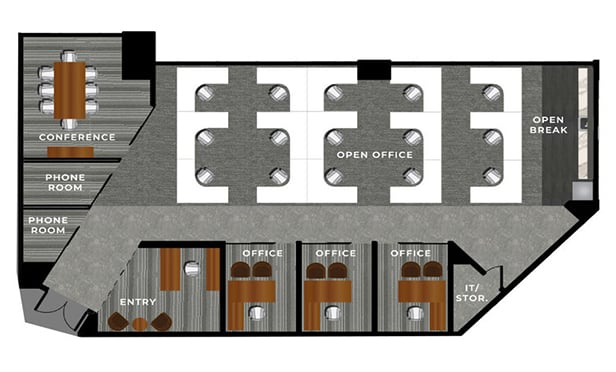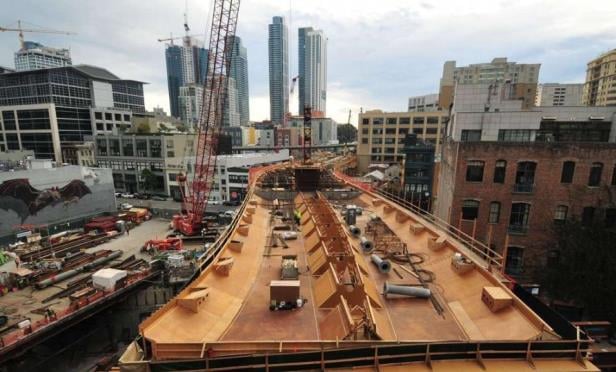Editor's Note: Miles Berger, chairman and CEO of The Berger Organization, spearheads the firm's residential, hospitality and commercial operations, encompassing more than a million square feet of space and 12 hospitality properties in Northern New Jersey and New York City. He is widely credited for his role as a catalyst for the revitalization of Newark, NJ as a destination of choice for business, shopping, dining, entertainment, sports and culture. This Q&A is adapted from an essay provided by Berger.
Q: It seems like developers and tenants are suddenly rediscovering the potential of older buildings and finding surprising ways to repurpose them. What's changing?
A: Older urban office buildings at one time were at a disadvantage when it came to attracting technology firms and millennial-run companies – among other tenants – in search of smart, open, collaborative works spaces. In fact, old is “in,” at least when it comes to tenant preferences for office space. As urbanism continues to drive companies to central business districts in cities such as Newark, property owners such as The Berger Organization are reaping the benefits.
According to new Pew Research Center analysis of U.S. Census Bureau data, it is estimated that about 53.5 million millennials (adults aged 18 to 34) make up the U.S. workforce today. This trend shows no signs of slowing and represents a paradigm shift that will influence how office space is built, and used, in years to come.
Q: What are some of the typical changes requested in these repurposed properties?
A: We are stripping antiquated fit-outs and tapping into the popularity of exposed ductwork and open office architecture to create the kind of loft-inspired, collaborative workspaces currently sought after by today's tenants. Two recent build-outs in Newark – including Teach for America's space at The Robert Treat Center and Newark Downtown District's space at our Military Park Building – are excellent illustrations of this trending.
When Teach for America relocated to its new offices last year at our 15-story Robert Treat Center (50 Park Place), the end goal was to configure the space to meet the unique needs of this organization. Teach for America's office encompasses about 9,000 square feet and serves as a hub in Newark for dozens of full-time staffers, and numerous corps members and alumni. The end result was a modern work environment, which fosters collaboration while at the same time pays homage to the city of Newark.
Q: What was different about how the Teach for America space was designed?
A: Teach for America's office space was retrofitted to create an open floor plan that lets in light and allows for the free flow of interaction between employees. In this non-hierarchical space, members sit at bench-style seating that is ideal for teams working on specific projects. Individual space is open, and only one closed-door office exists in the entire space, which belongs to the executive director.
Collaborative spaces include a book nook with casual seating and kitchen area. There are also about a dozen cubicles with low partitions to allow for some privacy. On the first floor, a more formal meeting area was created. When Teach for America has a full house for events such as professional development sessions, staff holiday party or casual meetings, employees utilize the larger meeting area. The move to the Robert Treat Center allowed Teach for America to double its office space while maintaining its central presence in Newark's downtown business district in proximity to an unparalleled transportation infrastructure.
Q: Advanced technologies play a role in this as well, right?
A: Along with these modern build-outs, advances in fiber optic-based communications have leveled the playing field when it comes to commercial building technology. Once wired with fiber, even century-old properties can offer the same data and communications capabilities as new construction. More corporations today are migrating from the suburbs to downtown or urban locations. We are taking full advantage of this growing urban office momentum to offer quality, high-tech accommodations that meet every need and desire of discriminating space users.
© Touchpoint Markets, All Rights Reserved. Request academic re-use from www.copyright.com. All other uses, submit a request to [email protected]. For more inforrmation visit Asset & Logo Licensing.







